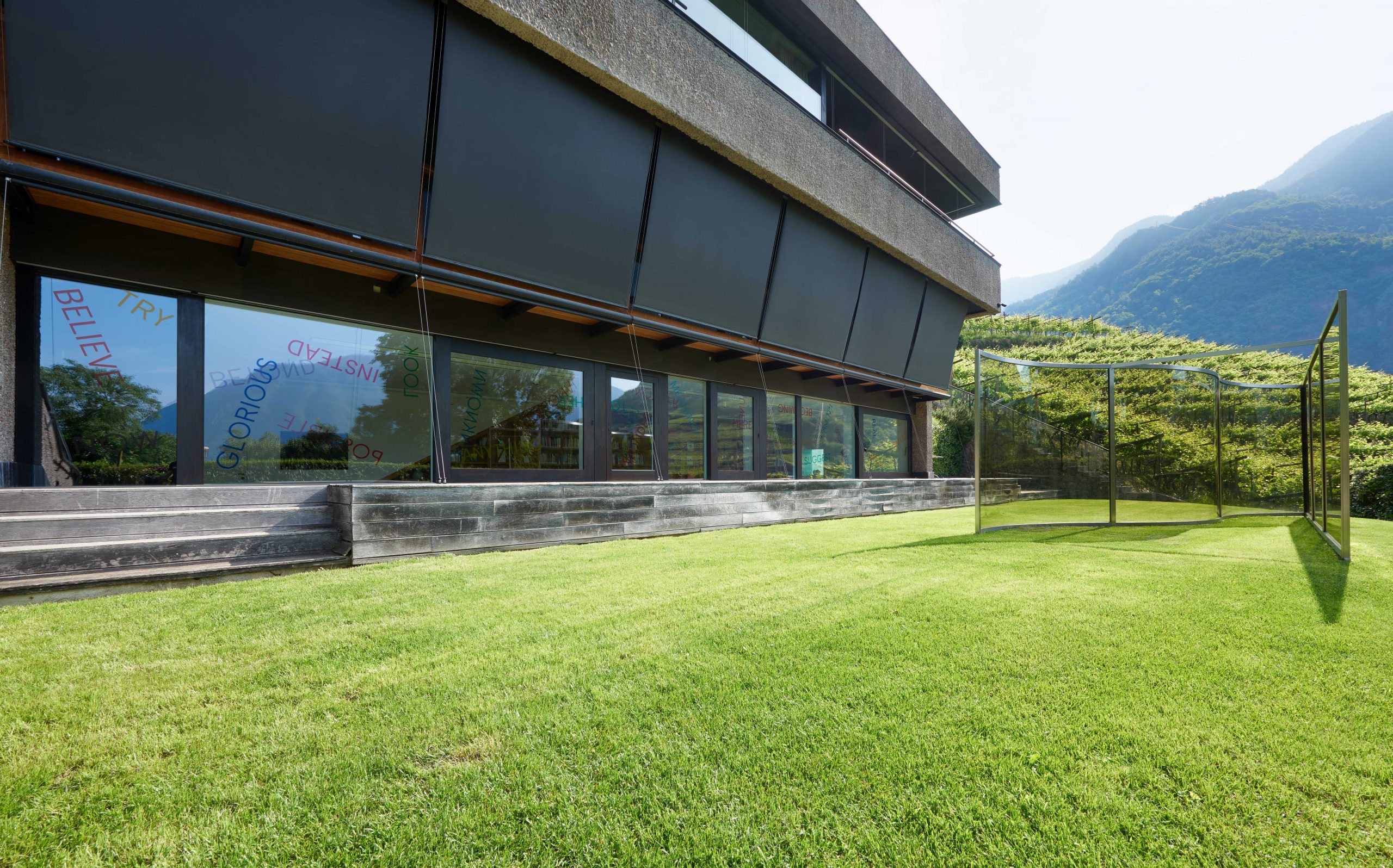Antonio Dalle Nogare Foundation. A Passionate Minimalist Affair
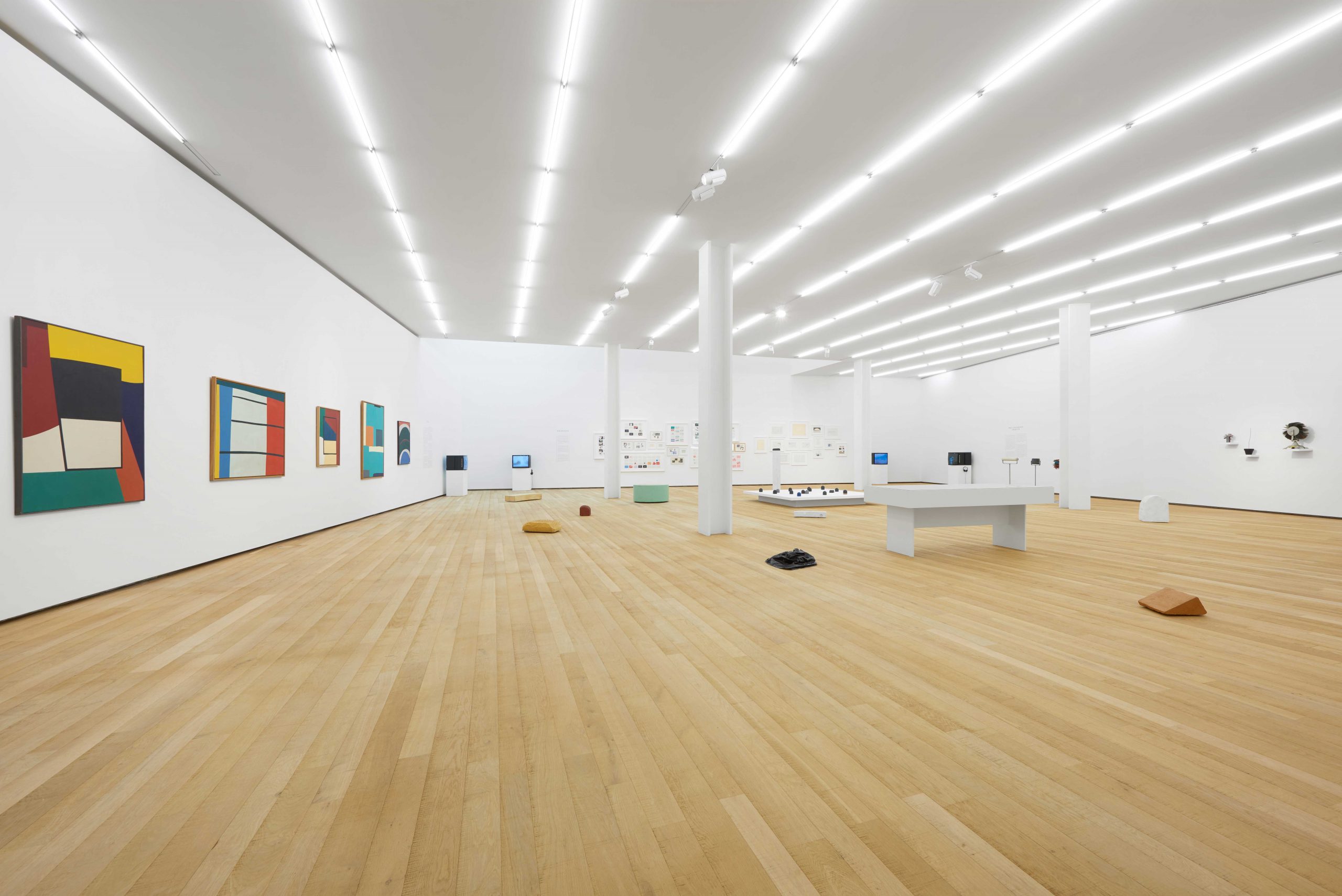 When I was invited to the opening of Michael Krebber’s exhibition at the Antonio Dalle Nogare Foundation in Bolzano, I also had the opportunity to visit Robert Breer’s exhibition and the Antonio Dalle Nogare collection on display at the foundation. In a state of ecstasy after the view of the vineyards − which form the backdrop to the outdoor space, where the permanent installations of Dan Graham and Robert Barry are located − I met Antonio Dalle Nogare while he was with curator Vincenzo de Bellis, with the promise at the end of the dinner that we would meet again for the conversation that follows.
When I was invited to the opening of Michael Krebber’s exhibition at the Antonio Dalle Nogare Foundation in Bolzano, I also had the opportunity to visit Robert Breer’s exhibition and the Antonio Dalle Nogare collection on display at the foundation. In a state of ecstasy after the view of the vineyards − which form the backdrop to the outdoor space, where the permanent installations of Dan Graham and Robert Barry are located − I met Antonio Dalle Nogare while he was with curator Vincenzo de Bellis, with the promise at the end of the dinner that we would meet again for the conversation that follows.
Martina Alemani: How did your passion for collecting and the Antonio Dalle Nogare Foundation project come about?
Antonio Dalle Nogare: I think that one has a passion for collecting inside oneself, it is something that comes spontaneously. Already quite young, with my first earnings, I started collecting paintings by local authors. I remember buying a small portrait by Leo Putz, a figurative artist from Merano of the beginning of the century. I went around the galleries of South Tyrol, then I began to travel to exhibitions, to fairs, to galleries in the rest of Italy and abroad − developing an interest and a passion no longer directed at classical art but first at modern art and then at contemporary art. It has been an evolution. When I met conceptual art − I remember this event in New York at Dia:Beacon where I saw great installations by minimalist artists such as On Kawara, Frank Erhard Walther, Dan Flavin − I understood that this was the art I felt closest to. At that moment a light bulb came, I thought that if in the future I was lucky enough to build a space where I could share this passion of mine with other people it would be a great goal. I was then indeed lucky enough to be able to make this dream of mine come true: this is how the Antonio Dalle Nogare Foundation was born, and the works took place from 2008 to 2012. The first years were kept at a private level, always involving artists and exhibitions, then in the summer of 2018 we established the foundation and from there it began the development of events related to the world of contemporary art − but also experimental music, dance, literature. The beautiful thing of this adventure is that it was not calculated at all, it was done from the bottom of the heart − both by myself and also by the architects, Walter Angonese and Andrea Marastoni.
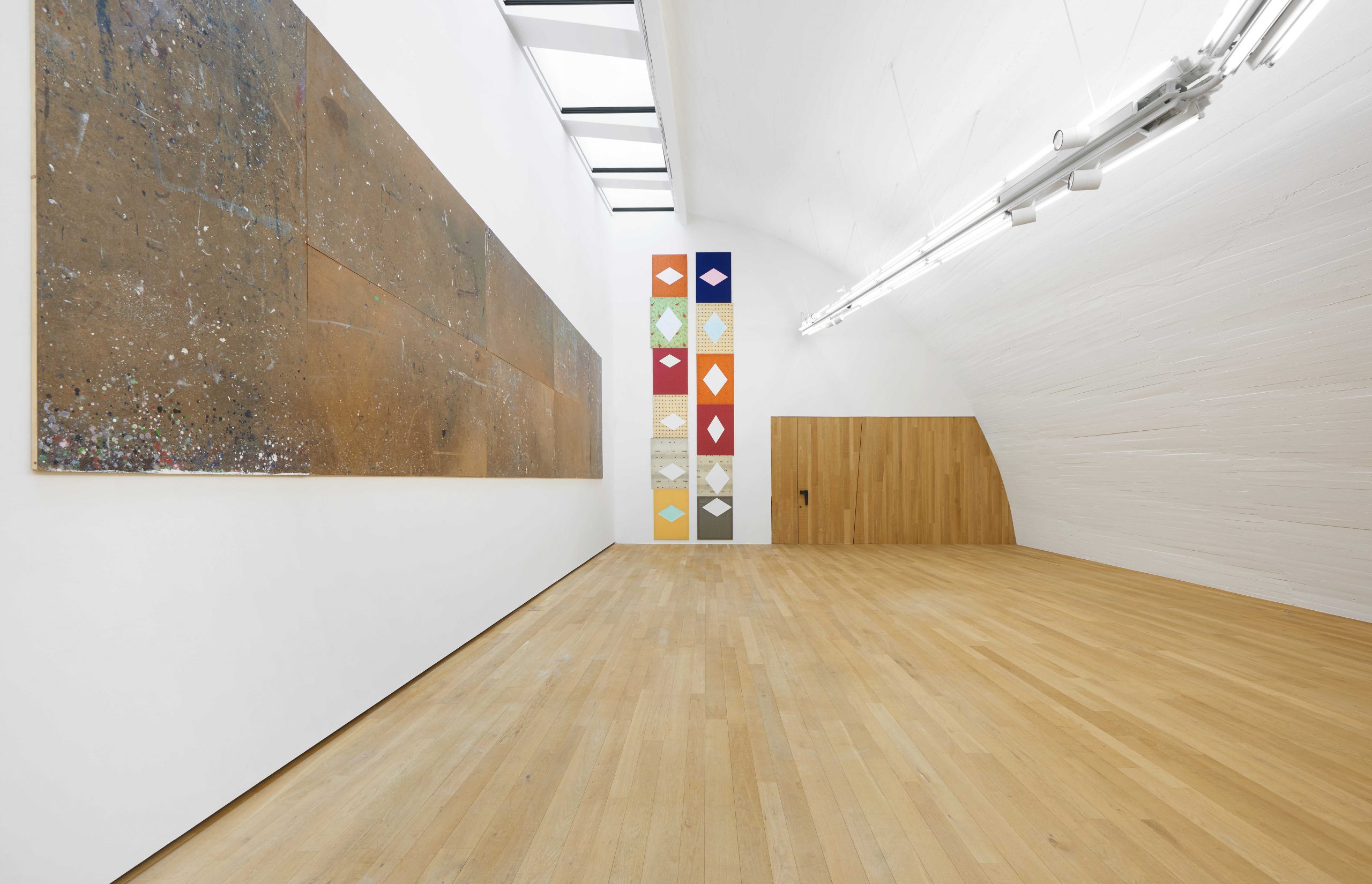 MA: The foundation’s project has an international spirit but also sees a great link with the territory, starting from its architecture up to the relations with other realities, such as Museion. What is the story behind the link with the place?
MA: The foundation’s project has an international spirit but also sees a great link with the territory, starting from its architecture up to the relations with other realities, such as Museion. What is the story behind the link with the place?
ADN: The foundation was born autonomously, and once established we found it appropriate to share the program with other public institutions and museums in South Tyrol − especially with Museion, which is the main institution. We have a wonderful relationship, built up with the former director Letizia Ragaglia and continued with Bart van der Heide, the current curator, with whom we talk very often to discuss the various choices. In September we will open the next exhibition, the Museion will have its opening the day before and two days before there will be a related event.
The City of Bolzano is also involved, supporting us, publicizing us. We have become like a family with the Department of Culture of the municipality, with the Department of Culture (both German and Italian) of the Autonomous Province of Bolzano and with the Association of Public Museums of the Province. With all of them we exchange ideas, they come to the foundation to see the exhibitions… there is an open dialogue.
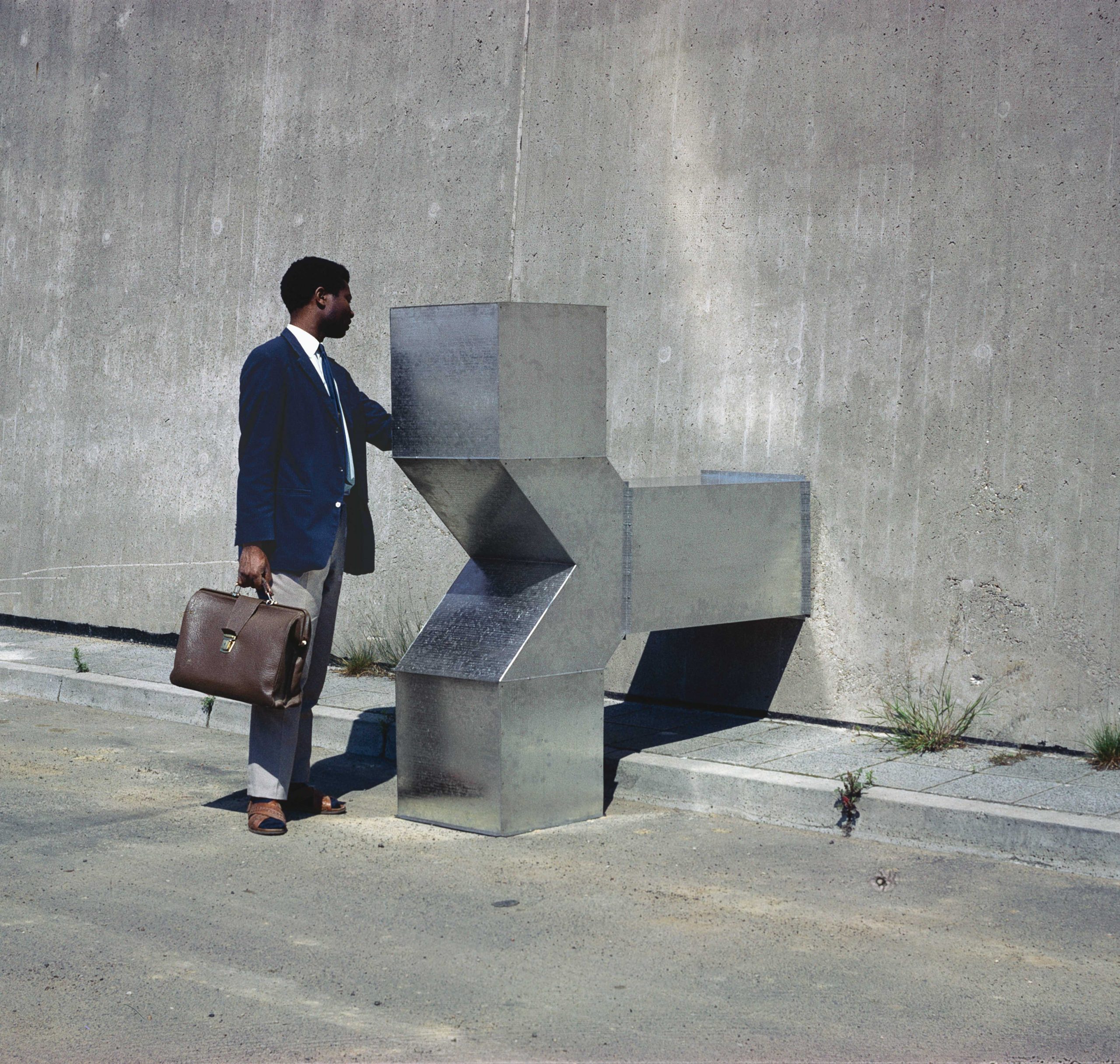
MA: Dan Graham and Robert Barry have produced permanent installations for the foundation’s spaces. How did the relationship with the two artists develop?
ADN: Dan Graham, being an icon of conceptual art, was the first artist I thought of inviting to the foundation to produce a site-specific work. It was wonderful to see these two characters arriving, Graham and Massimo Minini, who are two very eclectic and particular people. A couple that together has a crazy strength. The architect Angonese was waiting for us at the foundation. He has always been a great admirer of Graham and immediately fell in love with him, they talked to each other: Angonese wanted to make a pavilion of Graham integrated in the architecture of the foundation building, instead the artist in a few seconds − inspired by the mountains he could see − drew the curves of the pavilion that is now outside the foundation spaces.
Barry is a very good person. Initially he wanted to place the lettering on the staircase, but instead I had the idea of installing it on the windows where the library is located.
Letizia Ragaglia came to interview both artists at the foundation, we have all the footage and historical memories. This Graham and Barry symbiosis was born: Barry’s writings are mirrored in Graham’s pavilion. Barry says in the interview that it is an honor for him to be so close to Graham.
MA: Your collection on display at the foundation is eclectic and varying, even the exhibition programming involves niche artists − such as for the most recent Robert Breer and Michael Krebber exhibitions. What guides your choices?
ADN: The choices we feel are shared with the curator, in this case Vincenzo de Bellis.
I have always admired an artist like Breer, I had never had the opportunity to acquire his works and the fate took its course. Within two or three months we decided to do his exhibition, which has become perhaps my favorite of the foundation period. It’s a comprehensive retrospective of his entire oeuvre, from painting to experimental video to moving sculpture. A show that leaves a mark, I can see that visitors stay a lot to watch it.
Krebber is a painter that we like a lot because he criticizes painting, he links it to conceptual art. There is always a fear of speculation about painting, it is more often linked to commerce, so there is a risk of falling into the art/investment trap that I think takes away some of its charm. In order to be ourselves, it is more natural to share a less aesthetic, less beautiful, less easy kind of art where there is a story behind it, such as a performance, a concept of land art, of Arte Povera − which also implies the involvement of young people who today interface with the same systems and principles of art.
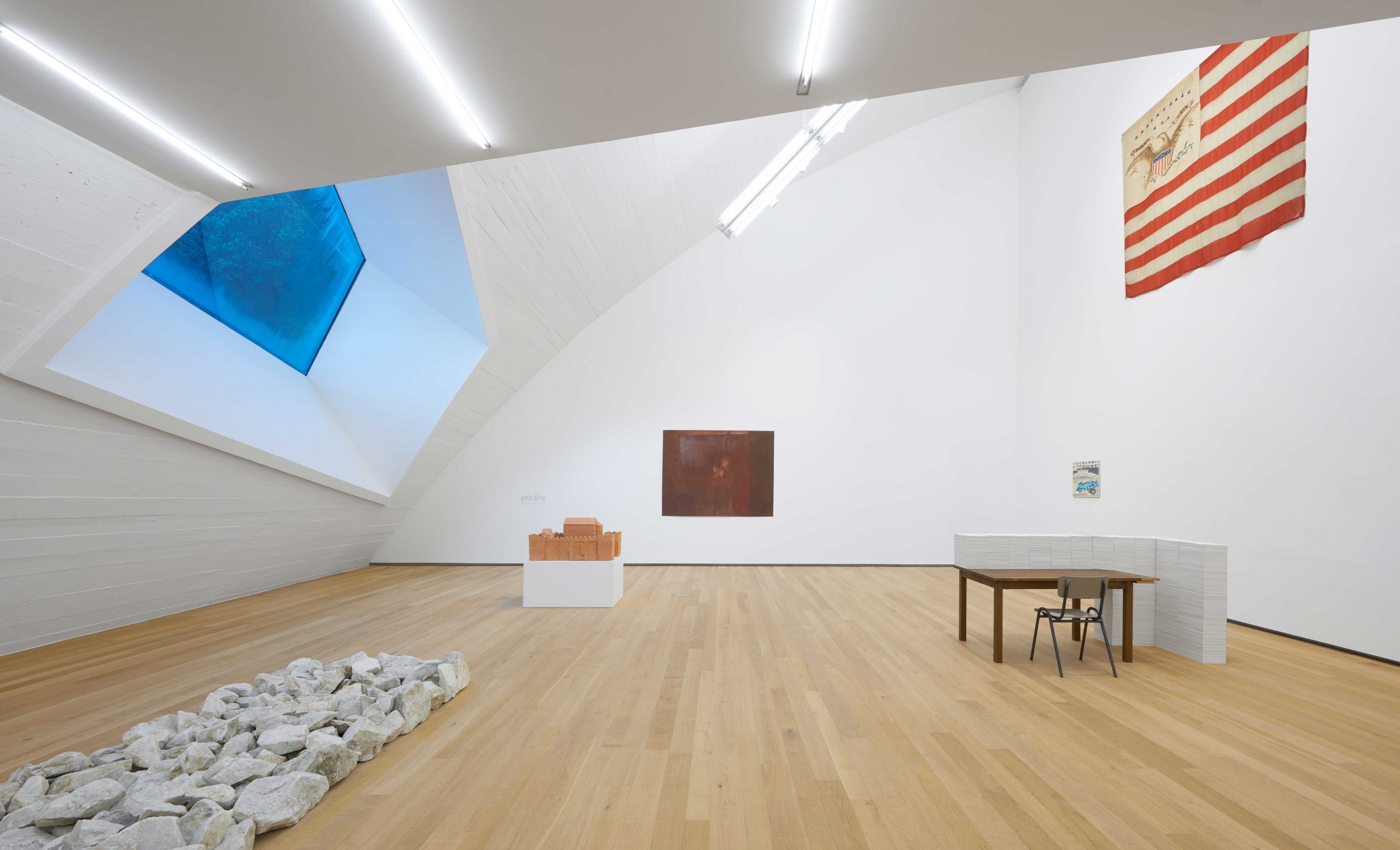
MA: Vincenzo de Bellis will also curate the next exhibition at the foundation, dedicated to the work of Charlotte Posenenske. Do de Bellis and you have a close vision about artistic research?
ADN: We are two great fans of contemporary art, I was born a bit more extremist and rigid in the choice of artists and works for the collection: very conceptual and minimal works, from the ’60s and ’70s. Vincenzo gave me exactly what I was missing, he integrated choices that are a bit more pop, soft. It broadened my vision 360 degrees and opened me up to other artists.
MA: What is the latest work to enter the collection?
ADN: It is a Linea by Piero Manzoni. I’m a bit of a Manzoni addict, we have other works by the artist and this work was missing. We gave ourselves a present before the summer vacations! In the accounting department they reproach me, because collectors are a bit like children: we are passionate about things, we like things and then we want to have them. It’s a beautiful disease, let’s say! Here at the foundation we often laugh about this, we are passionate about art, we study, we research a lot, we see things… but then there is also the economic aspect, we also have to make our budgets. And every now and then I like to go over budget, regardless of the accounting department… I like to be a bit of a brat, I must say.
